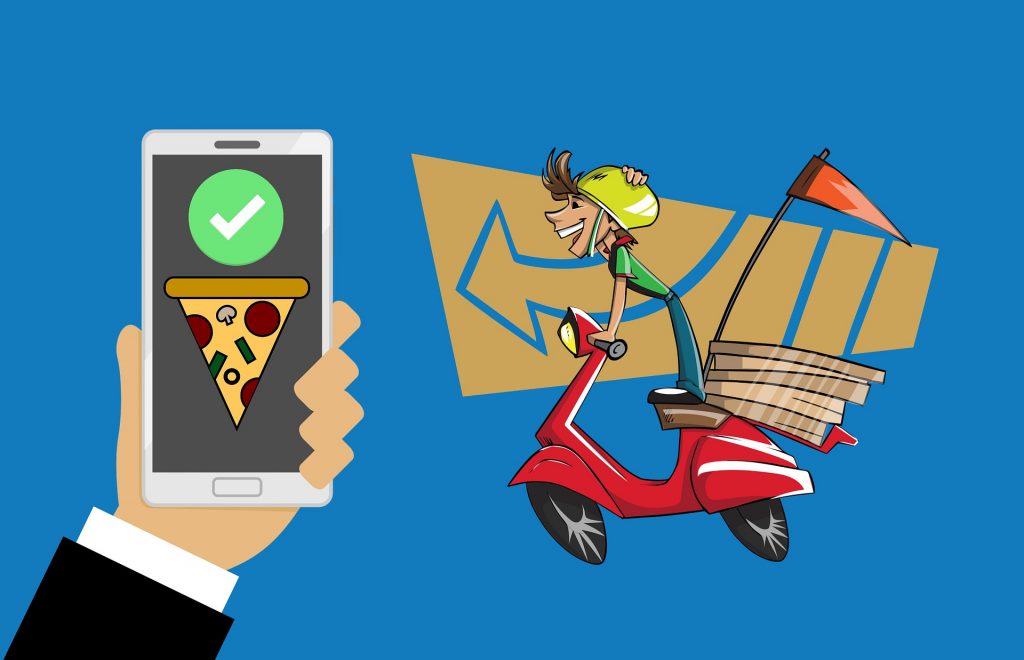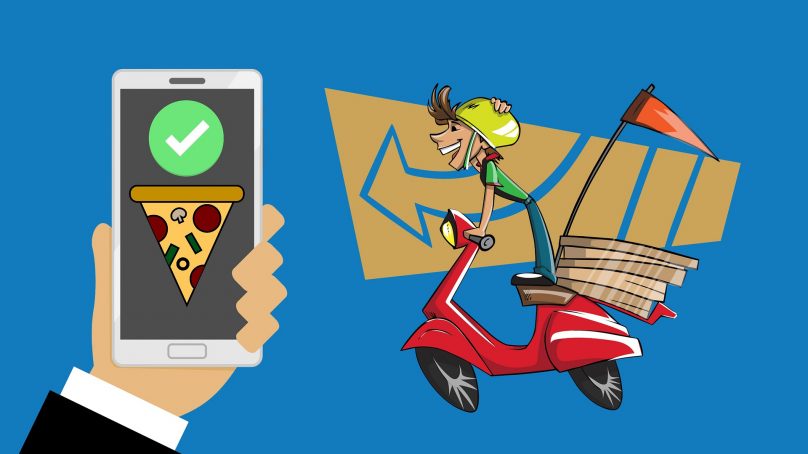by Daniel Kofdrali, founder of Onlivery
 Online delivery channels have captured the new food delivery trends with their easy to use platforms, advertising wittiness, and constant innovations. But to sustain in this ever-changing competitive market, those same companies and new ones should keep on pushing the technological boundaries.
Online delivery channels have captured the new food delivery trends with their easy to use platforms, advertising wittiness, and constant innovations. But to sustain in this ever-changing competitive market, those same companies and new ones should keep on pushing the technological boundaries.
Cater for a new generation
Millennials today are the highest delivery spenders and a substantial amount of their budgets is spent on prepared food compared to other generations. On average, it is reported that millennials order or take out 2-3 times a week.
Innovate delivery options
Labor can be expensive, hard to maintain, and unscalable with sudden and high demand. Hence robots and the evolution of AI technologies is widening this spectrum and enabling new innovating routes. For instance, Postmates and Yelp have both developed self delivery bots, able to pick up and drop food alone without being manually operated and by having a code only the receiving customer would have to open it. Companies like Domino’s have also tested drone deliveries. Drones as a transportation mean have an edge in bypassing traffic congestions and the ability to deliver fast and direct to customer homes. A recent delivery option has been parachutes. A company in Melbourne is leading this beta testing and dropping select food item sandwiches at specific locations and asking customers to wait and catch their food!
New order currencies
With the rise of cryptocurrencies and Blockchain technologies, new platforms are quickly adapting and starting to accept these new payment currencies. With this, companies are widening their buyer’s reach, eliminating fraudulent transactions and saving on processing credit card fees.
Big Data shapes the future
Online food platforms capture millions and millions of data points. They can analyze a multitude of data from road traffic, delivery times, food safety and temperature, user buying history in detail to social feedback and reviews.
 New ordering channels
New ordering channels
Onboarding new customers has been a science that food delivery companies are starting to master. However churn or abandoning a platform is also an issue these same companies are facing. On average, more than 60% of American drop a delivery order because of a poor user experience they have faced. And 55% of American adults want an easier way to order online.
Hence, food delivery platforms should simplify this process and provide an ever easier and simple way to order via all possible means and tools available. These advancements include not only smart apps but as seen through social networks, digital watches, smart bot assistants, smart tv’s, cars etc. A good example would be the simple but innovative order of your pizza via a tweet with Domino’s. All you had to do is register on their app, add your favorite pizza and link your twitter account.
Virtual or ghost kitchens
These kitchens have been trending and opening in all major cities. They consist of industrial graded professional kitchens made solely for the purpose of delivering food. They do not cater for any dine-ins and rarely take outs and rely mainly on listing their brands on delivery platforms. These concepts are beneficial as they can save restaurateurs highly on setup costs and focus more on food development and cuisine varieties.

















